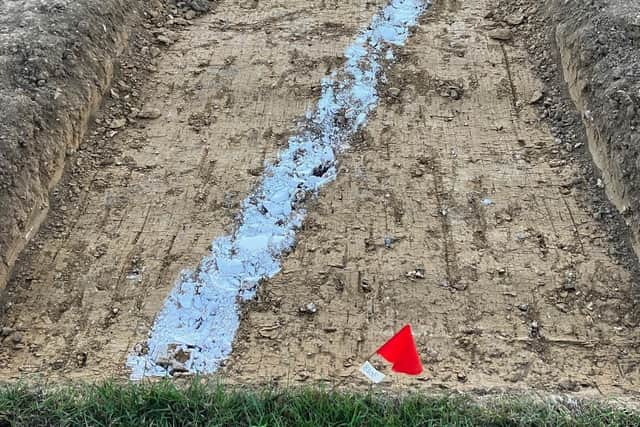Roman settlement in Tangmere is no surprise - Sussex is rich in Roman history
and live on Freeview channel 276
The village is just a mile south of Stane Street, after all; a Roman road linking Chichester (then known as Noviomagus Reginorum) with London via a route now followed rather closely by the A24, A29 and A285.
Tangmere itself is believed to date back to the Saxon era; around 680AD, when King Caedwalla granted some ten acres of land to the church. By 1086, Tangmere was recorded in the Domesday book as having a population of 160, with the stone church of St Andrew built shortly after the Norman Conquest. The building incorporated pieces of Roman bricks, as well as fragments of pre-Norman carved stone, although the presence of an ancient yew tree on the site suggests it had spiritual significance for a long time before that.
Advertisement
Hide AdAdvertisement
Hide AdIn 2016, analysis of lidar and aerial photography lead to the rediscovery of a long-lost Roman road connecting Chichester with Arundel, which may well have run through land near Tangmere. According to an article published by Historic England, leading experts, including Ivan Margary, who secured the preservation of the Roman Palace at Fishbourne, had speculated about the existence of the road for decades.


Modern technology revealed traces of the speculated road along 8km of the 15km between Chichester and Arundel. It’s believed likely that the road followed Stane Street to a point just north of East Hamnpnett before branching off along what became Old Arundel Road, which meets the A27 as it sweeps in from the South West between Boxgrove and Tangmere.